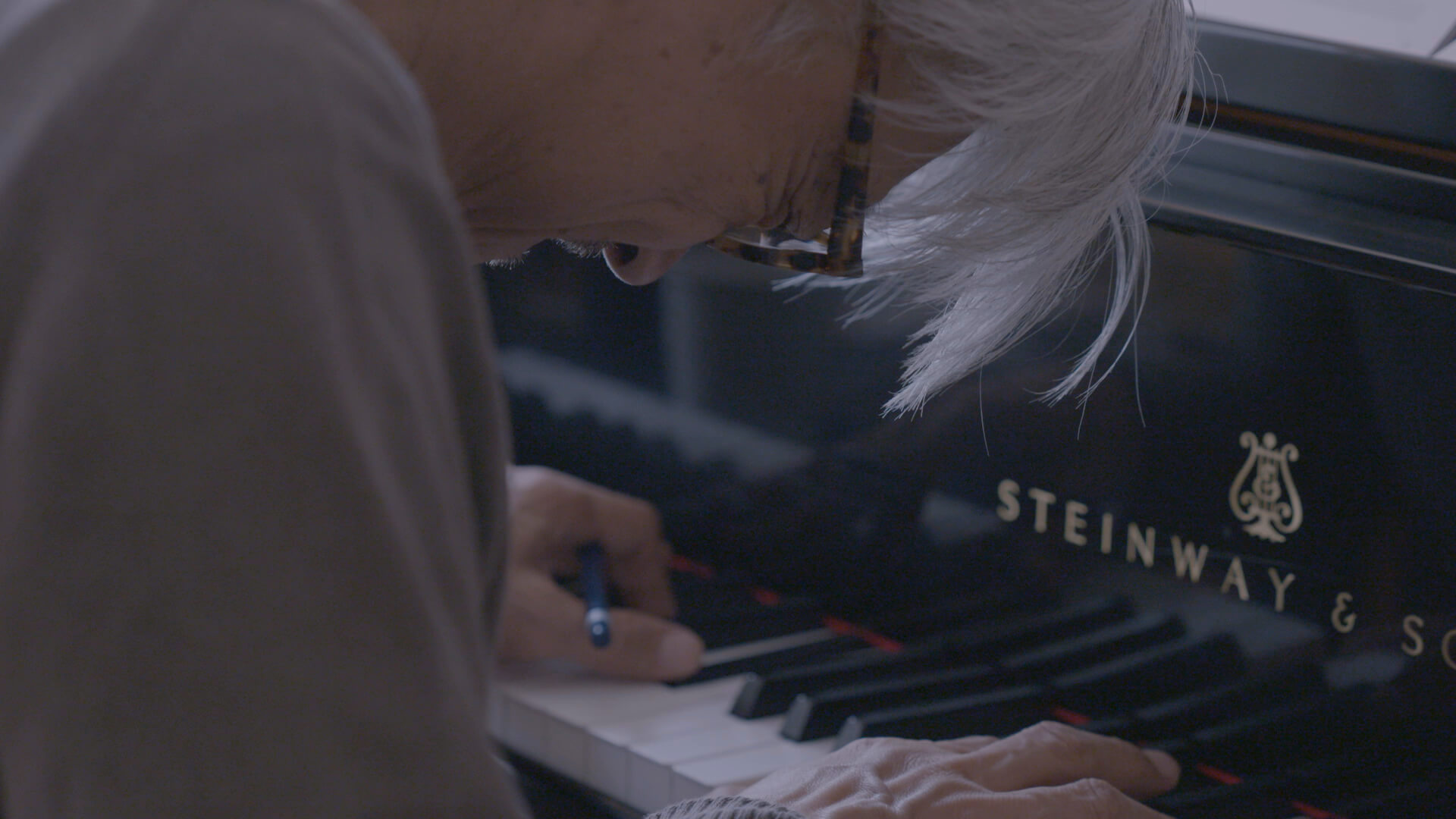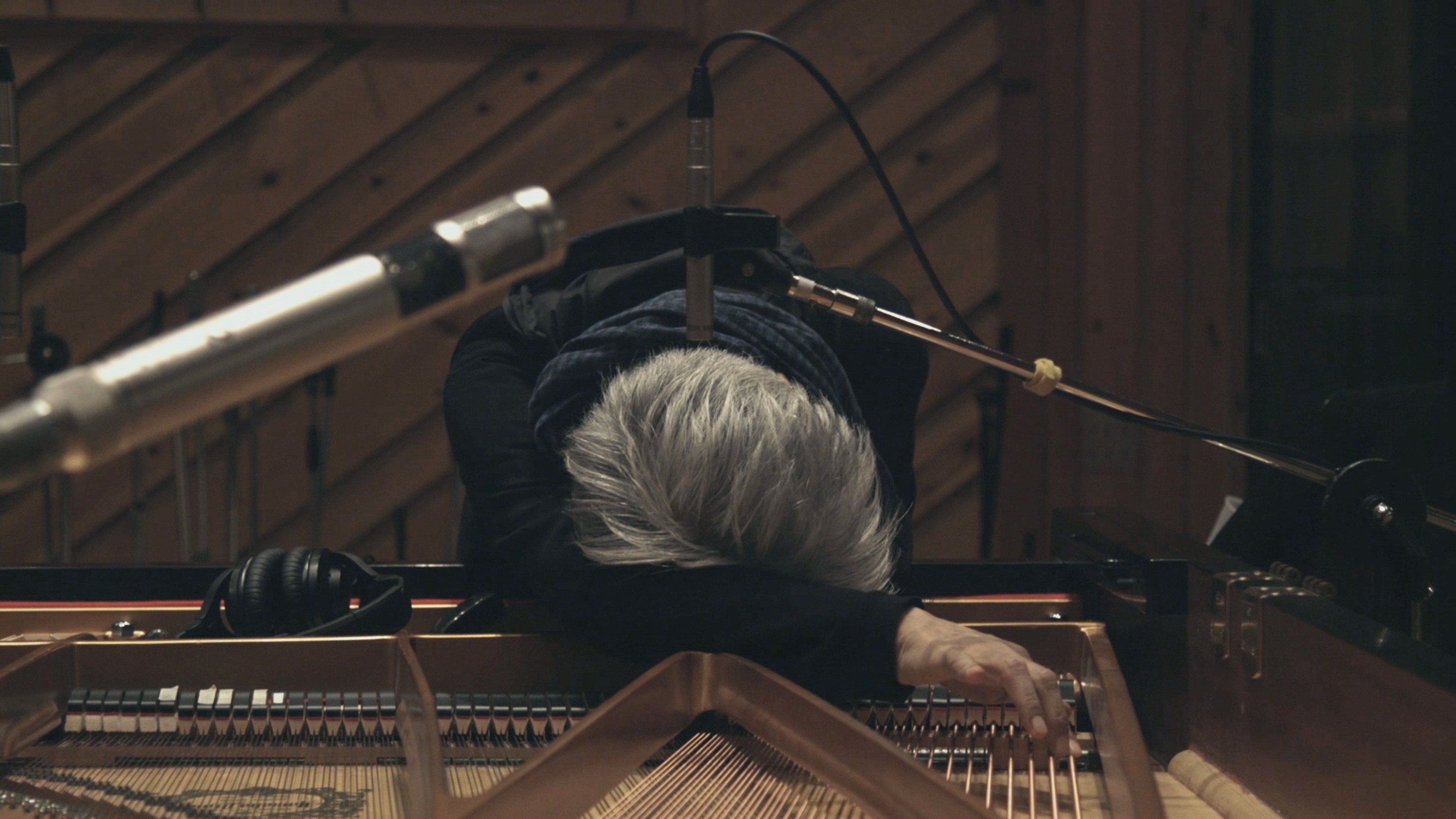


Throughout, Sakamoto’s debt to Russian film-maker Andrei Tarkovsky and his own “love and reverence for the sounds of things” is made clear, with some mesmerising sequences from Solaris (1967) enriching Sakamoto’s meditation about death and impermanence. Ryuichi Sakamoto is a Japanese composer, pianist, singer, record producer and actor who has pursued a diverse range of styles as a solo artist and as a.
RYUICHI SAKAMOTO CODA ARCHIVE
From 2012 to 5 years, Ive been interviewed closely, and Im going to follow sakamotos music quest while weaving archive footage. Nomura Schible then documents, with great sensitivity, the composer overcoming the creative block that overwhelmed him in the wake of illness: he wants to make more music-meaningful work that will be a worthwhile legacy-and the film follows him from Africa to the Arctic Circle, through woodland walks and even into his own backyard (where he stands, alert, with a bucket on his head, the better to hear the rain’s pattering), all in search of sounds to record and amplify digitally into beguiling crescendos of lapping drones. Ryuichi Sakamoto: CODA (2017) Screening Time 102 minutes Director Steven no A documentary that followed the musician ryuichi sakamoto. As Sakamoto returns to music following a cancer. Stephen Nomura Schible’s film captures the musician in the wake of his diagnosis with throat cancer, and a connection is made, without fanfare, between the earth event of the tsunami, ensuing contamination and the personal catastrophe experienced by Sakamoto. A portrait of composer Ryuichi Sakamoto, one of the most important artists of our era, Ryuichi Sakamoto’s career spans from techno-pop stardom to Oscar-winning composer and anti-nuclear activist. Following Fukushima, Sakamoto became an iconic figure in Japans social movement against nuclear power. Ryuichi Sakamoto: Coda 2017 Google Docs Ryuichi Sakamoto: Coda 2017 DOWNLOAD: SYNOPSIS: One of the most important artists of our era, Ryuichi Sakamoto has had a prolific career spanning over four decades, from techno-pop stardom to Oscarwinning film composer. As Sakamoto returns to music following cancer, his.

With environmental concerns brought to the fore, and interlaced with myriad music and film references (from Bach to Resnais), the relationship between nature and art is at the centre of Coda, which begins with a trip to the Fukushima exclusion zone and an encounter with a piano that survived the 2011 tsunami: “I felt as though I was playing the corpse of a piano that had drowned,” says Sakamoto. Following Fukushima, Sakamoto became an iconic figure in Japans social movement against nuclear power.


 0 kommentar(er)
0 kommentar(er)
